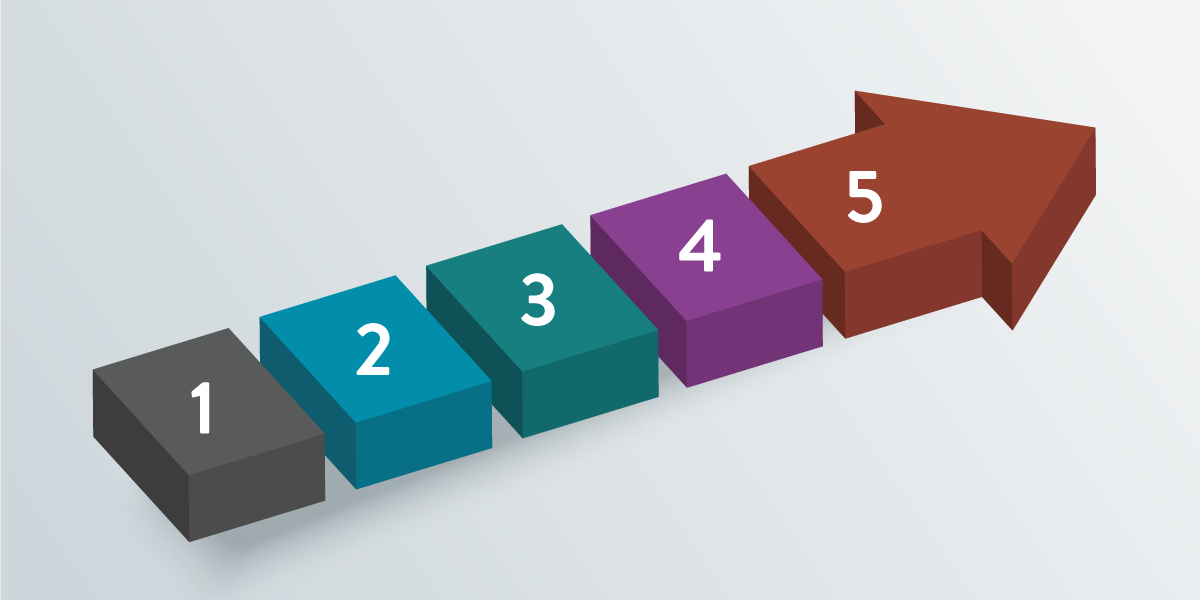What you need to know for useful websites, and web and mobile apps
6/15/2022 2:30:00 PM

By: Jennie Delisi, Accessibility Analyst, Office of Accessibility
Minnesota Management and Budget recently posted “When you bring your career to the State of Minnesota, the work you do affects the quality of life of millions of Minnesotans.” For those working in information technology, this includes work on:
We create and support technology for use by Minnesotans and state employees. This includes people with disabilities. Because digital inclusion is a priority, learning how to improve accessibility is important. Let’s talk about how to begin incorporating the Web Content Accessibility Guidelines 2.1 into your work.
We create information and communication technologies for people. Our intentions are good – we want everyone to find them helpful. When you imagine people using this technology think about people using it in different ways.
The W3C Web Accessibility Initiative (WAI) created “quotes from personas (fictional people) to help you understand some aspects of the success criteria” for WCAG 2.1. They share these quotes in What’s New in WCAG 2.1. Each quote will help you understand more about how people may be using your digital solution.
I find the following example about “orientation” is very simple to understand.
“Problem: ‘I can't rotate my tablet — it's attached to my wheelchair.’
Works well: ‘The application works whether I attach my tablet horizontally or vertically.’”

Open your current project or one you worked on in the past. Can you view and use it in both portrait and landscape orientation (also known as vertical and horizontal positions)? Like smartphones and tablets, today you can use many desktop monitors in both portrait and landscape positions. You may be able to set your operating system to display using either orientation. Example: for Windows, go into the Display settings. In the Scale and Layout group go to Display orientation. If set to landscape, change the setting to portrait. If viewing the project on your smartphone, try changing your device’s physical orientation from portrait to landscape and back.
Did the content respond to this change?
Each success criteria for the Web Content Accessibility Guidelines (WCAG) 2.1 has an Understanding Document. Like the others, Understanding Success Criterion 1.3.4: Orientation has the following sections:
Start by reading the specific rule. It is at the top. In this case,
“Content does not restrict its view and operation to a single display orientation, such as portrait or landscape, unless a specific display orientation is essential. Examples where a particular display orientation may be essential are a bank check, a piano application, slides for a projector or television, or virtual reality content where content is not necessarily restricted to landscape or portrait display orientation.”
Read more in the Understanding Document about how and when this applies.
Go to the Techniques section of the Understanding Document. Orientation has a failure called: F97: Failure due to locking the orientation to landscape or portrait view. Following the link for each failure or sufficient technique will bring you to a page with more information. This includes a test you can run.
Like the Understanding Document, each of these pages has the following sections:
Some may also have Related Techniques.
After reviewing this page, go down to the Tests section. There is a procedure to follow and expected results.
Now you are ready to begin adding this requirement into your projects. Don’t worry if you don’t know everything as you begin. You are not alone in this work! The digital accessibility community has many people ready to help.
Your organization, like the state of Minnesota, may even have its own community of practice. Ask around.
Everyone in digital accessibility started somewhere. Don’t let fear stop you. Start with one small step. Even if you only feel confident doing step 1 above, start. Reviewing the quotes from personas will have an impact on your work. You will start to begin to find opportunities to advocate for greater inclusion. You will start to imagine solutions for projects. And, you will play an important role in making our digital spaces more inclusive for everyone.
Would you like to learn more about the accessibility work being done by Minnesota IT Services and the State of Minnesota? Once a month we will bring you more tips, articles, and ways to learn more about digital accessibility.
Accessibility
Accessibility